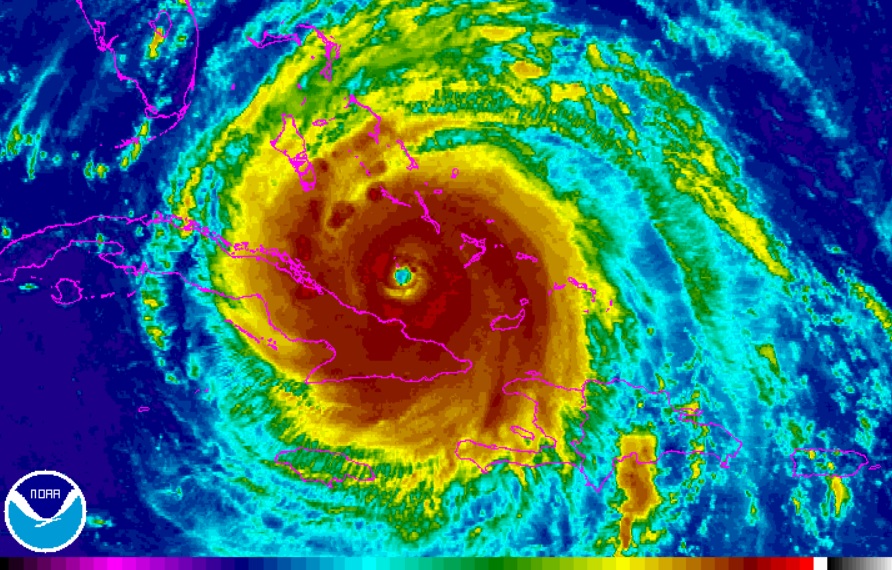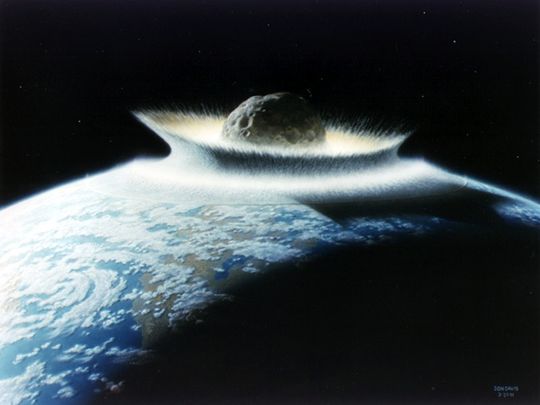Hurricane Helene homeowners with insurance likely to be DENIED payouts: “Insurers have become significantly tougher on hurricane claims”
10/14/2024 / By Ethan Huff

The people of Appalachia whose properties were destroyed by Hurricane Helene are in for a surprise as their property insurance likely does not cover damage caused by hurricanes.
For a while now, property insurers have been quietly hollowing out coverage while jacking up rates to overcome the steep underwriting losses they have incurred in recent years due to other natural disasters. Because of this, there are major shocks coming for many of the claimants who are rushing to try to get a payout from Helene.
“Insurers have become significantly tougher on hurricane claims,” says Rick Tutwiler, a claims adjuster for property owners who is based out of Tampa, Fla. “We’ve moved to an era dominated by exclusions, diminishing coverages, and even harsher policy terms.”
(Related: The vast majority of properties damaged by Hurricane Helene have no flood insurance to begin with, largely because most FEMA maps don’t consider flooding from rain as valid.)
Is property insurance even worth it anymore?
While property damage from Helene is estimated to be as high as $26 billion, according to Moody’s, the insured loss is expected to be a whole lot less at somewhere between $5 billion and $15 billion, warns John Neal, chief executive of the Lloyd’s of London insurance marketplace.
The reason for this massive gap is because most home insurance policies do not cover flooding and the vast majority of policyholders do not have separate flood insurance. Another reason for the shortfall is the increase in coverage restrictions.
In recent years, many property insurance carriers have added higher deductibles for wind damage in areas that are prone to hurricanes. They are also reducing payouts for older roofs; limiting coverage for interior water damage; and adding exclusions for damage caused by wind-driven rain.
“I’ve had tons of phone calls from people with relatively small losses that are going to fall under the deductible and not be covered,” said Meg O’Toole Herman, owner of a Goosehead Insurance agency in Hilton Head Island, S.C.
While Hilton Head Island, a barrier island, escaped the worst of Helene, it still got hit by heavy winds that caused noteworthy damage throughout the area.
“We’ve got tree limbs poked into roofs, cars with trees on them, and boats battered around harbors sinking or missing,” Herman added.
In most cases, the damage caused by Helene to people’s yards and houses will be less than each property’s deductible for wind losses, Herman confirmed. In 2021, most policy deductibles were around two percent but now they are as high as five percent, which on a one-million-dollar home would mean the homeowner has to shell out of pocket the first $50,000 in losses.
According to Tom Wilson, chief executive of Allstate, these higher deductibles are necessary to provide customers with “reliable protection in areas prone to catastrophic storms.” In other words, a $50,000 deductible is still better than having to shell out of pocket for, say, $150,000 in damages were a home not insured at all.
“The hurricane and storm surge path proved that no one is safe,” commented Alexandra Glickman, global head of real estate and hospitality at insurance broker Arthur J. Gallagher.
“It’s going to be much more difficult for owners of small businesses and multifamily properties as they rebuild to find insurance that isn’t three or four times what they were paying before.”
Insurance Information Institute spokesman Mark Friedlander says that fewer than one in 100 households located in the worst-flooded inland counties, i.e., Buncombe County, N.C., where Asheville is, have flood coverage. This means the vast majority of them will have to pay out of pocket in order to rebuild.
It is just one calamity after another these days. Learn more at Collapse.news.
Sources for this article include:
Submit a correction >>
Tagged Under:
absurd, Asheville, chaos, Collapse, conspiracy, dangerous, debt bomb, debt collapse, deception, disaster, Flooding, home insurance, Hurricane Helene, insanity, insurance, insurance claims, outrage, weather terrorism
This article may contain statements that reflect the opinion of the author
RECENT NEWS & ARTICLES
COPYRIGHT © 2017 DISASTER NEWS














